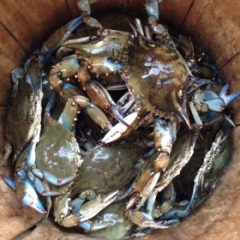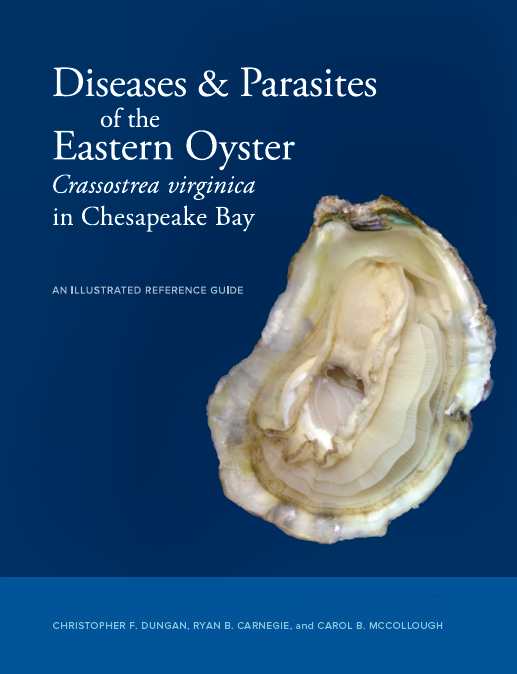Knauss legislative fellowships in Congress help build careers — and they're fun and educational. See our video and fact sheet for details.
Confessions of an Ecologist Turned Anthropologist: Differences in Data Collection
I am three years into my transition from working as a coastal ecologist to earning a doctorate in anthropology because I want to focus on the human side of coastal resource management. I want to learn and help explain how science-based fisheries management policies impact fishermen and others whose livelihoods depend on fisheries.
As I navigate this transition in disciplines, one of the major differences I’ve noticed relates to data collection. As an ecologist, I was accustomed to recording readily quantifiable metrics – total number of oysters, length, weight, etc. In anthropology, however, the metrics aren’t always so cut and dried.
In my current project, “Understanding the Decision to Participate in Oyster Aquaculture in Maryland,” I’m collecting qualitative and quantitative data about why individuals have chosen to get involved in oyster aquaculture or why they have chosen not to. Ultimately, I will be quantitatively analyzing both types of data. This means that after all of my data are collected, I need to be able to tabulate it in some way, such as by saying “35 out of 50 watermen interviewed stopped crabbing in the summer to take part in oyster aquaculture.”
This type of analysis can be tricky if I don’t pose questions in a systematic way that provides comparable results. For example, to draw conclusions about whether many interviewees share a certain view, I need to make sure that I asked all of them the question that elicited that response. When drafting my interview questions, I have to think carefully about what sort of data I hope to analyze at the end of the study and what is the most appropriate way to obtain it.
At the same time, one characteristic of anthropology is the rich detail that its methods can provide. There’s a balance to be achieved – I need data that can be compared among participants, but I also want to be sure that I’m not constraining a range of informative answers through restrictive interview questions. To meet this aim, my project includes semi-structured interviews, during which I ask a pre-determined set of questions but allow freedom for discussion. This provides a setting for new themes or topics to emerge, particularly topics that I may not have thought of on my own.
A major aspect of data collection in my project that differs from my previous ecological studies is the importance of trust and rapport. For ecological data, I didn’t need to build a personal relationship with the oysters I measured! For anthropological data, however, I’m asking people to let me into their lives and to partake in sometimes lengthy conversations. This requires a certain degree of familiarity and the willingness of my interviewees to let me tag along.
|
|
|
Often, my field days involve meeting watermen and growers early in the morning and joining them for their regular workday. Here, Scott Budden of Orchard Point Oyster Company pulls in oyster cages. Photo credit: Adriane Michaelis |
Thus far, I’ve been fortunate to have met so many welcoming watermen and oyster growers. I’ve had many informative conversations and interviews that range from 25 minutes to 6 hours. Studying humans also differs from studying oysters because there’s always the possibility that interviewees are not being forthright with their answers or are maybe just telling me what they think I want to hear. Based on the discussions that have surrounded many of my interviews so far, I don’t believe that to be the case with this project.
There are times during my current project when I’m out on the water, enjoying a beautiful day, sorting oysters, and having great conversations, and I still take a minute to think, “This is really my research?” But when I get back to my computer to type up my field notes and transcribe my interviews, I am very quickly reminded of all the data that my day spent on the water provides.
Photo, top left: These crabs have been measured to make sure they’re big enough to be legal catch, but my data doesn’t involve this kind of measurement. Instead, what was important to my work was my conversation with the waterman working the trotline that these crabs were caught on. Photo credit: Adriane Michaelis
See Adriane Michaelis' earlier blog post in this series — Confessions of an Ecologist Turned Anthropologist: Differences in Data Collection: Why Switch Fields?
See all posts to the Fellowship Experiences blog





